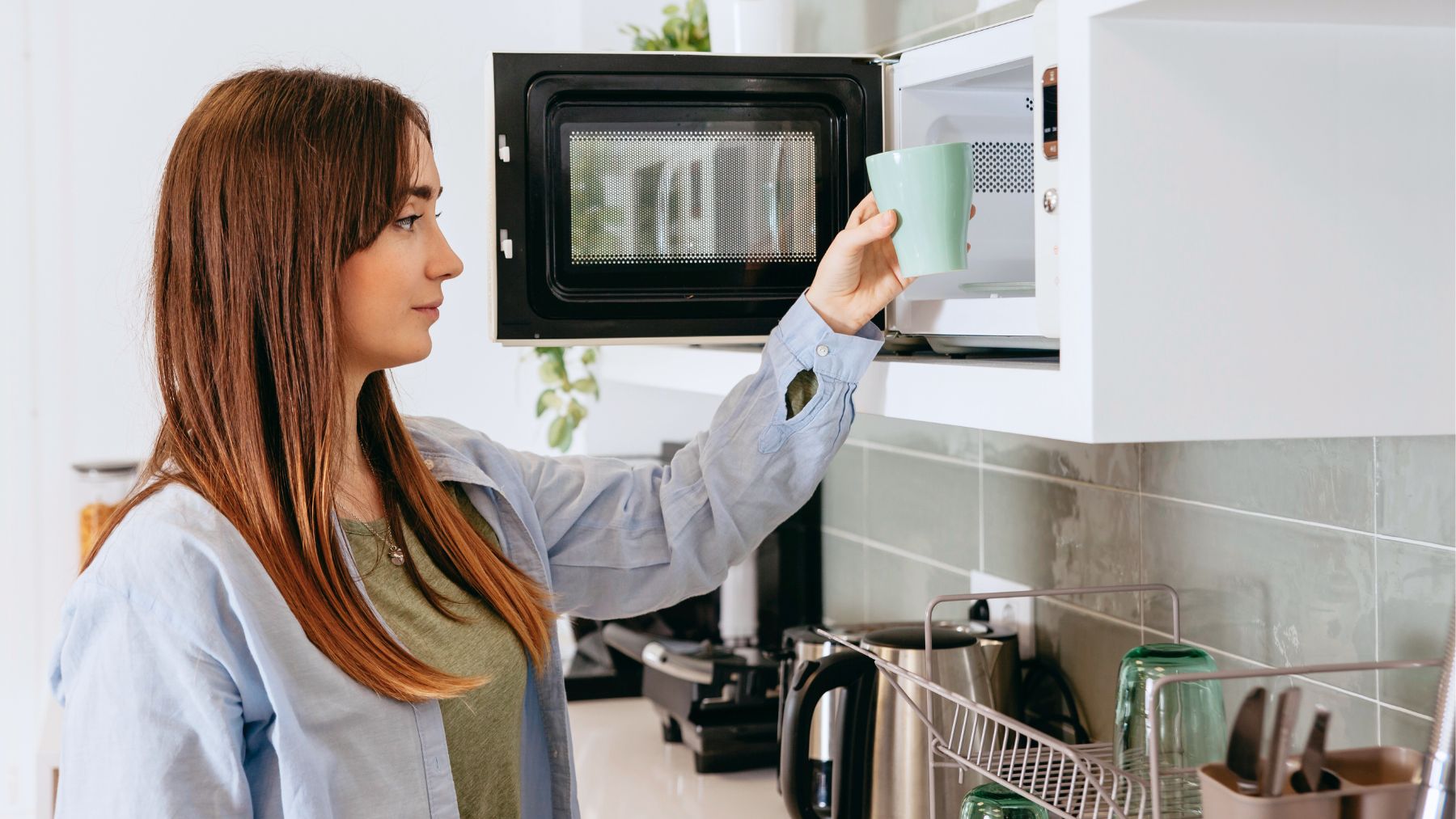You’ve probably heard someone warn that microwaving food “kills nutrients” or makes it unhealthy. It’s one of those claims that sounds believable, as it involves radiation, heat, and fast cooking. However, doctors say this tip is flat-out wrong.
According to experts from Parkway Hospitals, including infectious disease physician Dr. Leong Hoe Nam and orthopaedic surgeon Dr. Seah Wee Teck Victor, using a microwave isn’t dangerous or bad for your food. In fact, it’s one of the safest and most efficient ways to cook, and it often helps preserve more nutrients than other methods. Here’s what the science actually says, plus a few smart ways to use your microwave.
“Microwaving destroys nutrients” is a myth
The myth that microwave ovens ruin nutrients likely comes from the word “radiation”. The kind of electromagnetic energy used in microwaves isn’t the same as the harmful radiation associated with nuclear exposure. What microwave ovens do is make water molecules in your food vibrate, creating heat that cooks it quickly and evenly.
All forms of cooking affect the nutrient content of food to some degree, whether you’re boiling, baking, or frying. The real factors that matter are temperature, time, and water. Because microwave cooking is faster and uses less liquid, it usually causes less nutrient loss than traditional cooking. Boiling vegetables in water, for instance, often leaches out more vitamins than microwaving them in a covered dish.
Microwave ovens are also built with shielding to keep energy contained, making them safe for daily use as long as the door and seals are intact. If your microwave is damaged or doesn’t close properly, it’s better to replace it than take chances. In normal use, there’s no evidence linking microwaves to cancer, infertility, or any other health risk.
How to use your microwave the healthy way
If you want to get the most out of your microwave, a few simple habits can make a big difference. Start by using microwave-safe containers—glass, ceramic, or BPA-free plastic—to avoid chemical leaching. Avoid heating food in single-use containers, such as takeout boxes or plastic wraps, since they can melt or release unwanted compounds when exposed to high heat.
Cover your food lightly to help trap steam and cook it evenly. This not only keeps moisture in but also helps preserve heat-sensitive nutrients like vitamin C. Add a small splash of water to vegetables before microwaving to prevent them from drying out, then cover the dish with a vented lid or damp paper towel. It’s a method that mimics gentle steaming, one of the best ways to retain vitamins and minerals.
Avoid overcooking, which can dry out food and degrade nutrients, just like any other cooking method. Stirring or rotating your dish halfway through can help distribute heat more evenly, reducing hot spots and keeping texture and flavor intact.
Microwaves are a tool, and when used correctly, they make healthy cooking simpler and faster. So, the next time someone tells you microwaving ruins your food, you can safely ignore that “tip”.

